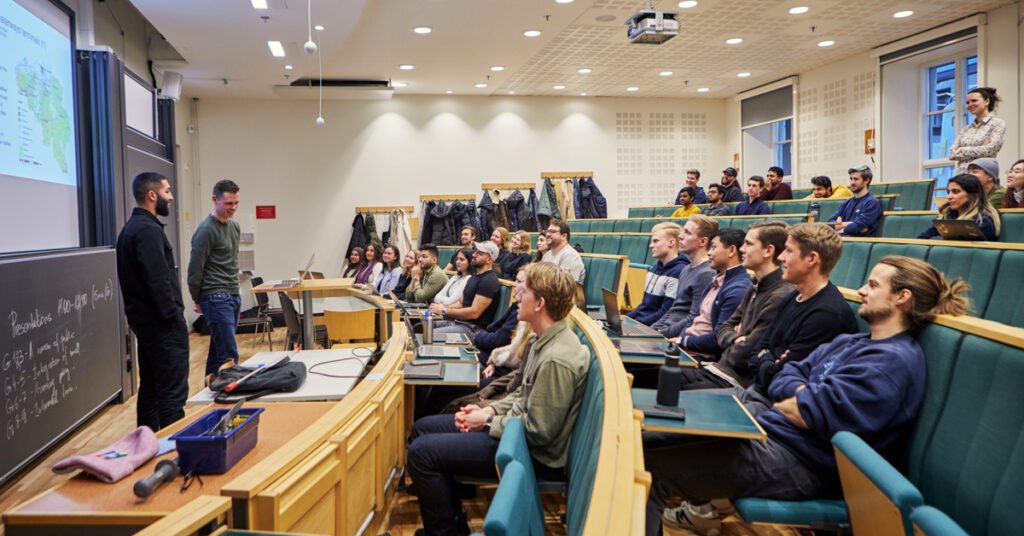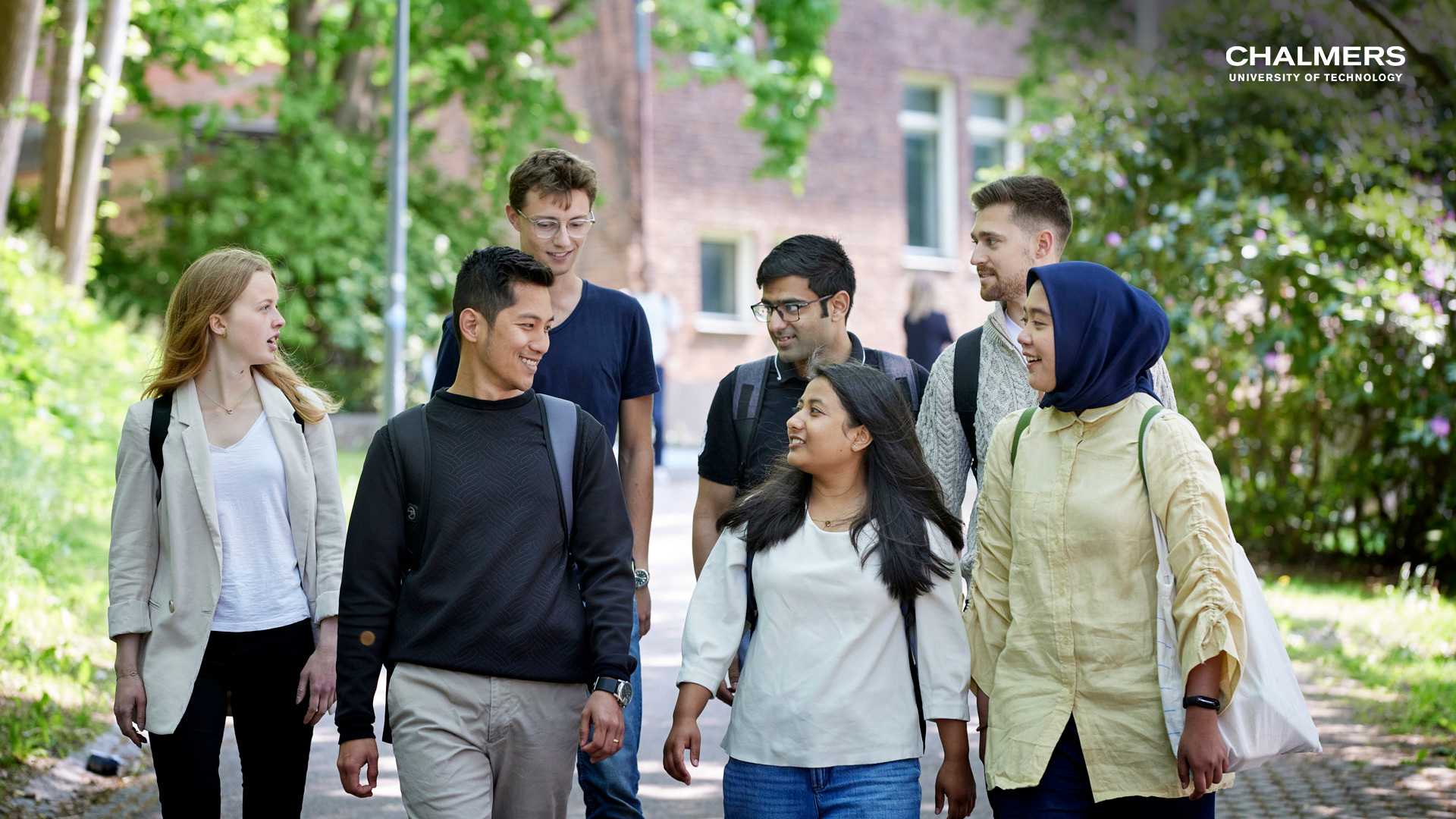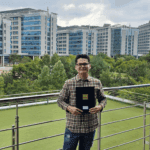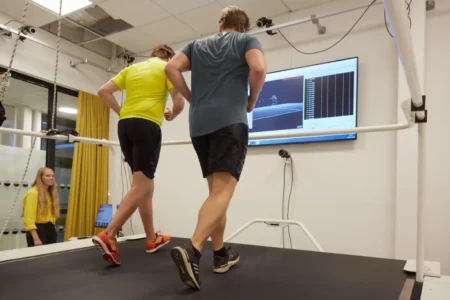After completing a Master of Science in Materials Chemistry and Nanotechnology at Chalmers University of Technology, Saba Atefyekta co-founded a company to tackle one of the most urgent threats in global health today: antibiotic resistance.
“Antimicrobial peptides are one of the most promising options, but their use has been limited due to instability when exposed to the body,” she says. “We solved this problem by creating a unique hydrogel material in which antimicrobial peptides are permanently bonded. This material kills all types of bacteria, even resistant strains, immediately, without harming the body. This innovation has the potential to be applied across a variety of medical settings, benefiting both human and animal health.”

During her PhD at Chalmers, the mentorship, lab environment, and collaboration shaped Atefyekta’s ability to later co-found a company. Source: Chalmers University of Technology
As a research-intensive institution with strong industry ties to companies like Volvo, SKF, Ericsson, and AstraZeneca, Chalmers ensures that students gain both academic depth and practical experience.
It was within this setting that Atefyekta began to focus on biomaterials. She joined the Applied Surface Chemistry division under the supervision of Professor Martin Andersson, where her group explored materials designed to interact with the body.
“Since infection is a major challenge in biomaterial applications, and with antibiotic resistance emerging as a serious global health issue, this naturally led us to explore developing anti-infective materials and to learn from nature how such solutions could be designed,” she says.
As with any research, the goal was to solve a pressing problem. Near the end of their PhDs, her team made a significant breakthrough. “One of us had created a unique material, and the other had developed an antibacterial solution,” she says. “When we combined them and saw the effect for the first time, it was a defining moment. The solution worked exactly as we had hoped, and we instantly knew that this was something that could go beyond the lab and make a real-world impact.”
For the first time, antimicrobial peptides — small molecules capable of killing all types of bacteria without harming human cells — could be brought into practical clinical applications. That moment marked the birth of Amferia, a company Atefyekta co-founded by combining insights from two separate PhD projects into a bigger innovation than either could have achieved alone.

Chalmers University of Technology drives solutions to societal challenges, testing new ideas, and contributing to a sustainable future. Source: Chalmers University of Technology
But moving from research to a market-ready product was not easy. Funding was a major hurdle, and the team had to learn how to communicate their science to investors. They saw how scientific expertise had to be balanced with product development and business knowledge to ensure that the innovation could reach patients.
Support from Chalmers played a crucial role in this journey. From the start, Atefyekta and her colleagues received mentorship and financial backing from the Chalmers Innovation Office and Chalmers Ventures. These resources created an environment in which the team could develop their idea into a viable market concept. Opportunities to pitch, along with awards and recognition, gave them visibility, credibility, and access to investors. Step by step, they moved from research in the lab to building a successful start-up.
Today, Atefyekta continues to wear two hats: she is the sales director and co-founder of Amferia, while also maintaining her connection to Chalmers.
Meanwhile, Chalmers researchers are exploring different approaches to tackling antibiotic resistance, such as artificial intelligence.
For example, Anna Johnning and Erik Kristiansson at the Department of Mathematical Sciences, Chalmers University of Technology and the University of Gothenburg, are working to identify resistant bacteria and prevent their spread. The team is developing an AI-based diagnostic tool for hospitals to quickly identify resistant bacteria, helping doctors choose effective treatments from the start and reducing the misuse of antibiotics.
“I hope that our work will lead to improved methods and tools that can be implemented in healthcare,” Johnning says. “We also continue to explore the evolutionary mechanisms of resistance to find new ways to prevent the spread of resistant genes.”
Learn more about Chalmers University of Technology, and you can also meet a Chalmers representative at an event near you!
Follow Chalmers University of Technology on Facebook, Instagram, X, and YouTube












